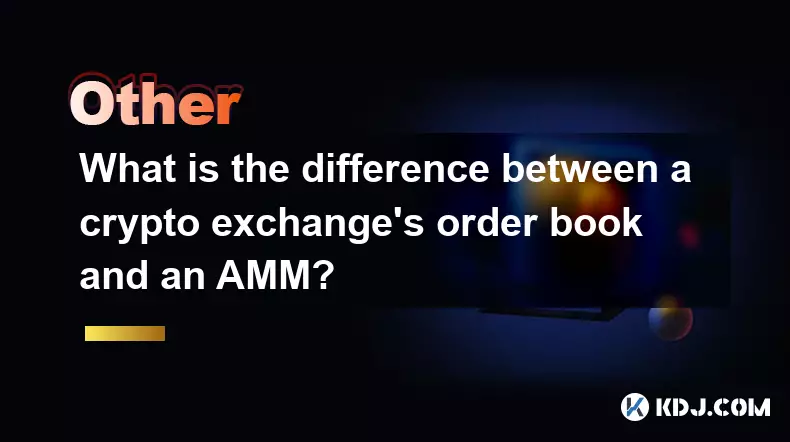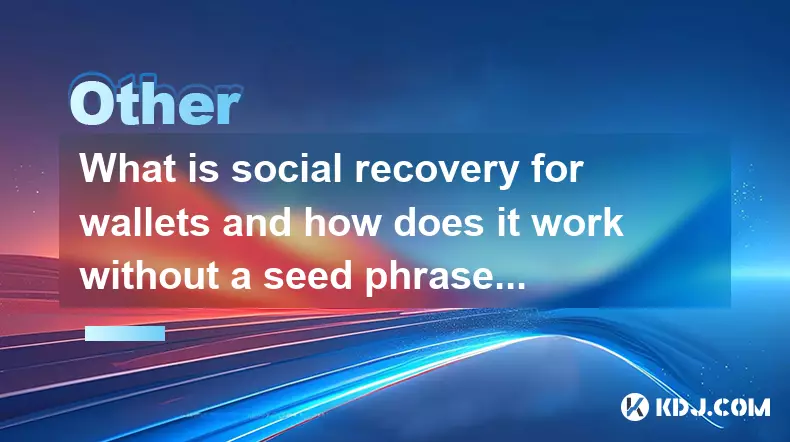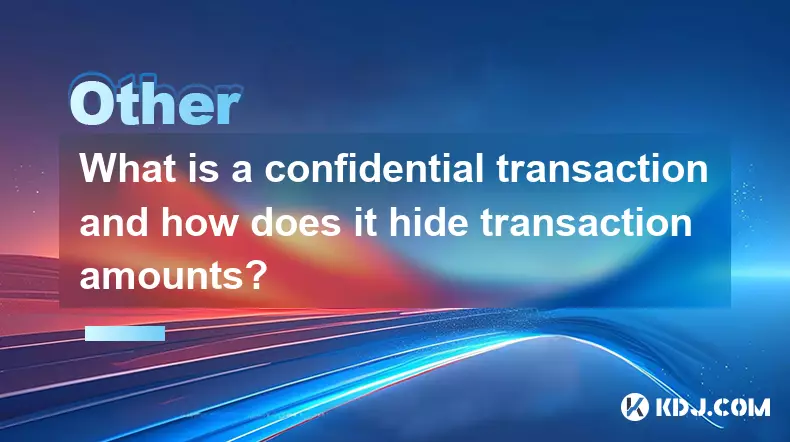-
 bitcoin
bitcoin $102877.190955 USD
1.88% -
 ethereum
ethereum $3430.435064 USD
4.52% -
 tether
tether $0.999264 USD
-0.05% -
 xrp
xrp $2.307310 USD
4.49% -
 bnb
bnb $987.740692 USD
3.82% -
 solana
solana $161.947760 USD
3.97% -
 usd-coin
usd-coin $0.999712 USD
-0.05% -
 tron
tron $0.292810 USD
2.93% -
 dogecoin
dogecoin $0.179738 USD
10.70% -
 cardano
cardano $0.580716 USD
8.75% -
 hyperliquid
hyperliquid $42.463448 USD
8.40% -
 chainlink
chainlink $15.763437 USD
7.05% -
 zcash
zcash $649.595636 USD
17.21% -
 bitcoin-cash
bitcoin-cash $511.610261 USD
7.19% -
 stellar
stellar $0.292537 USD
7.91%
What are the main use cases for blockchain technology beyond cryptocurrency?
Blockchain enhances supply chain transparency, enables secure identity verification, tokenizes real-world assets, and ensures tamper-proof voting and intellectual property tracking.
Nov 08, 2025 at 01:00 am

Supply Chain Management
1. Blockchain enables transparent tracking of goods from origin to destination, ensuring authenticity and reducing fraud.
- Each transaction or movement of goods is recorded on an immutable ledger, allowing all stakeholders real-time visibility.
- Companies can verify ethical sourcing practices by tracing raw materials back to their source using blockchain records.
- Smart contracts automate payments upon delivery confirmation, reducing delays and administrative overhead.
- Tamper-proof logs help in compliance with regulatory standards and simplify audits.
Decentralized Identity Verification
1. Individuals store personal identification data on a blockchain, maintaining control over who accesses it.
- Organizations can request verified credentials without storing sensitive user information centrally.
- Reduces reliance on third-party identity providers and minimizes risks of large-scale data breaches.
- Enables faster and more secure onboarding processes for financial services, healthcare, and online platforms.
- Cross-border verification becomes efficient as digital identities are globally accessible yet cryptographically secure.
Tokenization of Real-World Assets
1. Physical assets like real estate, art, or commodities can be represented as digital tokens on a blockchain.
- Fractional ownership allows smaller investors to participate in high-value markets previously inaccessible.
- Liquidity increases as tokenized assets can be traded peer-to-peer without traditional intermediaries.
- Ownership transfers are settled quickly with reduced legal and administrative costs.
- Transparency in asset history prevents title fraud and ensures verifiable provenance.
Governance and Voting Systems
1. Blockchain-based voting platforms provide tamper-resistant mechanisms for recording votes.
- Participants can verify that their vote was counted without compromising anonymity.
- Eliminates concerns about ballot stuffing or manipulation through decentralized consensus.
- Enables continuous governance models in decentralized autonomous organizations (DAOs).
- Smart contracts execute decisions automatically when predefined voting thresholds are met.
Intellectual Property and Royalty Tracking
1. Creators register copyrights or patents on-chain, establishing indisputable proof of ownership.
- Usage of digital content such as music, images, or software can be tracked across platforms.
- Royalty distributions are automated via smart contracts whenever the content is used or sold.
- Artists receive payments instantly without waiting for traditional royalty cycles.
- Reduction in piracy and unauthorized use due to transparent licensing records.
Frequently Asked Questions
How does blockchain improve data security in enterprise systems?Blockchain enhances data security by distributing information across a network of nodes, making it extremely difficult to alter historical records. Cryptographic hashing ensures each block is linked to the previous one, so any attempt to modify data would require changing every subsequent block across most of the network—a practically impossible task. This structure protects against both internal tampering and external attacks.
Can blockchain be used for managing medical records?Yes, blockchain can securely manage medical records by giving patients control over access permissions. Health data is encrypted and stored off-chain, while permission logs and audit trails reside on the blockchain. This ensures only authorized providers can view records, and every access event is permanently logged. Interoperability between hospitals improves without sacrificing privacy.
What role does blockchain play in energy trading?Blockchain facilitates peer-to-peer energy trading, especially in decentralized grids powered by solar panels or wind turbines. Producers can sell excess energy directly to consumers using smart contracts that settle transactions automatically based on usage data. The system tracks production, consumption, and transfers transparently, enabling fair pricing and reducing dependency on centralized utilities.
Are there environmental benefits to blockchain applications outside crypto?Certain blockchain implementations contribute to environmental sustainability by improving transparency in carbon credit markets, tracking renewable energy certificates, and monitoring supply chains for eco-friendly practices. When built on energy-efficient consensus mechanisms like proof-of-stake, these systems offer low-carbon infrastructure for verifying green initiatives and enforcing accountability across industries.
Disclaimer:info@kdj.com
The information provided is not trading advice. kdj.com does not assume any responsibility for any investments made based on the information provided in this article. Cryptocurrencies are highly volatile and it is highly recommended that you invest with caution after thorough research!
If you believe that the content used on this website infringes your copyright, please contact us immediately (info@kdj.com) and we will delete it promptly.
- Ripple (XRP) in 2026: Hold or Fold? A Look at XRP's Future and Emerging DeFi Alternatives
- 2025-11-08 18:35:01
- Zcash ZEC Coin Price Explosion: From Privacy Niche to Center Stage
- 2025-11-08 18:55:01
- Berachain Price Prediction: Navigating the Honeycomb Hype in Crypto
- 2025-11-08 18:55:01
- Arthur Hayes, Gold, and Bitcoin: A Modern Monetary Trinity?
- 2025-11-08 19:15:01
- Shiba Inu's Next Move: Navigating a Shifting Market
- 2025-11-08 19:20:01
- Pakistan's Crypto Crossroads: Balancing Opportunity with Asset-Backed Realities
- 2025-11-08 19:20:01
Related knowledge

What is a cryptographic nonce and how is it used to prevent replay attacks?
Nov 08,2025 at 05:00pm
Understanding Cryptographic Nonces in Blockchain Systems1. A cryptographic nonce is a number used only once within a specific cryptographic communicat...

What is a call data in an Ethereum transaction and how is it used?
Nov 09,2025 at 01:59am
Understanding Call Data in Ethereum Transactions1. Call data refers to the information sent along with a transaction on the Ethereum network that spec...

What is the difference between a crypto exchange's order book and an AMM?
Nov 09,2025 at 12:19am
Understanding the Structure of Crypto Exchange Order Books1. An order book is a real-time list of buy and sell orders for a specific cryptocurrency, o...

What is social recovery for wallets and how does it work without a seed phrase?
Nov 08,2025 at 08:39am
Social Recovery in Cryptocurrency Wallets1. Social recovery is a mechanism designed to help users regain access to their cryptocurrency wallets withou...

What is a confidential transaction and how does it hide transaction amounts?
Nov 08,2025 at 07:19pm
Understanding Confidential Transactions in Cryptocurrency1. Confidential transactions are a cryptographic method used in certain blockchain networks t...

What is a data availability layer and how does it help rollups become more secure and cheaper?
Nov 08,2025 at 08:39pm
What Is a Data Availability Layer?1. A data availability layer is a foundational component in blockchain infrastructure designed to ensure that transa...

What is a cryptographic nonce and how is it used to prevent replay attacks?
Nov 08,2025 at 05:00pm
Understanding Cryptographic Nonces in Blockchain Systems1. A cryptographic nonce is a number used only once within a specific cryptographic communicat...

What is a call data in an Ethereum transaction and how is it used?
Nov 09,2025 at 01:59am
Understanding Call Data in Ethereum Transactions1. Call data refers to the information sent along with a transaction on the Ethereum network that spec...

What is the difference between a crypto exchange's order book and an AMM?
Nov 09,2025 at 12:19am
Understanding the Structure of Crypto Exchange Order Books1. An order book is a real-time list of buy and sell orders for a specific cryptocurrency, o...

What is social recovery for wallets and how does it work without a seed phrase?
Nov 08,2025 at 08:39am
Social Recovery in Cryptocurrency Wallets1. Social recovery is a mechanism designed to help users regain access to their cryptocurrency wallets withou...

What is a confidential transaction and how does it hide transaction amounts?
Nov 08,2025 at 07:19pm
Understanding Confidential Transactions in Cryptocurrency1. Confidential transactions are a cryptographic method used in certain blockchain networks t...

What is a data availability layer and how does it help rollups become more secure and cheaper?
Nov 08,2025 at 08:39pm
What Is a Data Availability Layer?1. A data availability layer is a foundational component in blockchain infrastructure designed to ensure that transa...
See all articles





















![The Graph Price Prediction [GRT Crypto Price News Today] The Graph Price Prediction [GRT Crypto Price News Today]](/uploads/2025/11/07/cryptocurrencies-news/videos/690d4df44fe69_image_500_375.webp)



















































